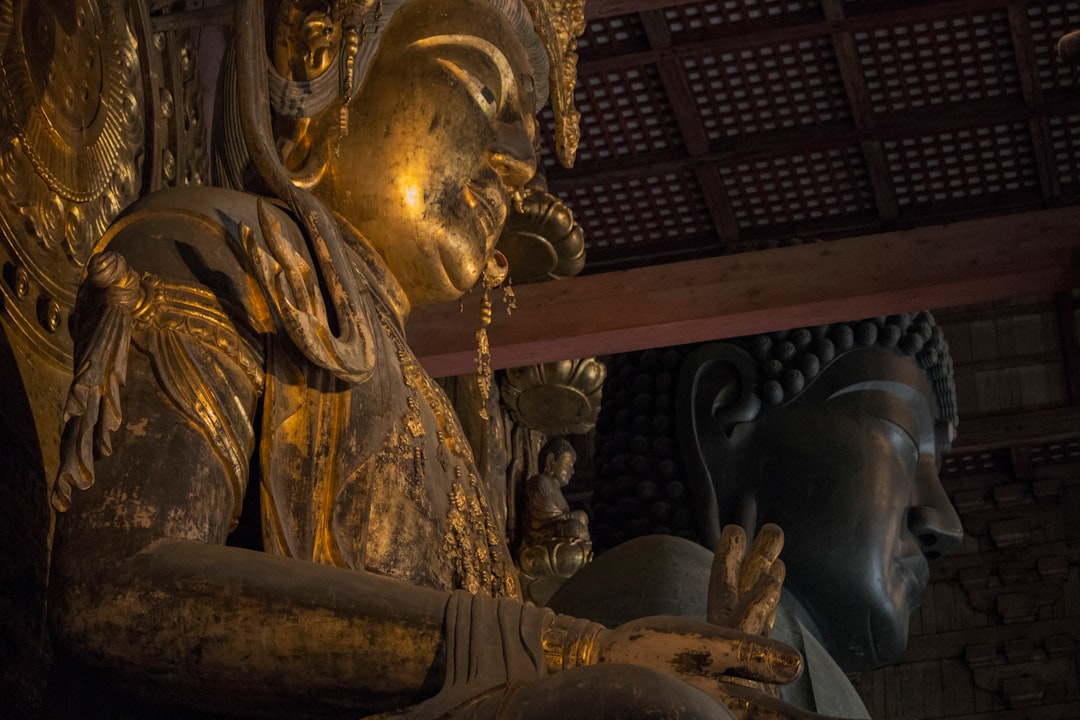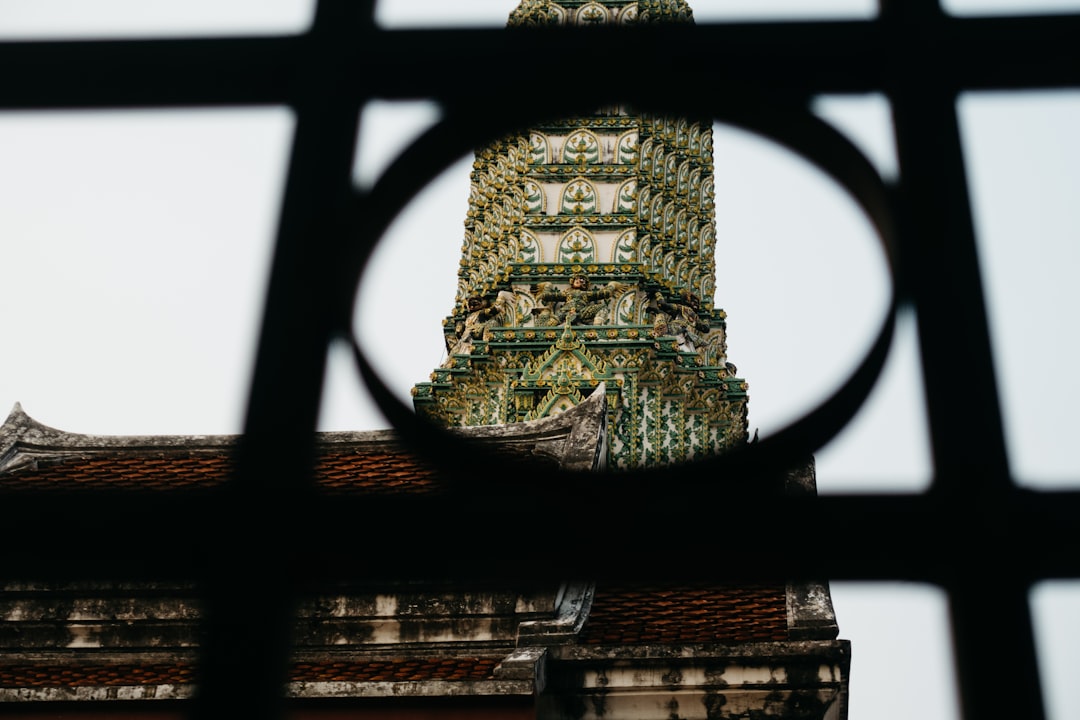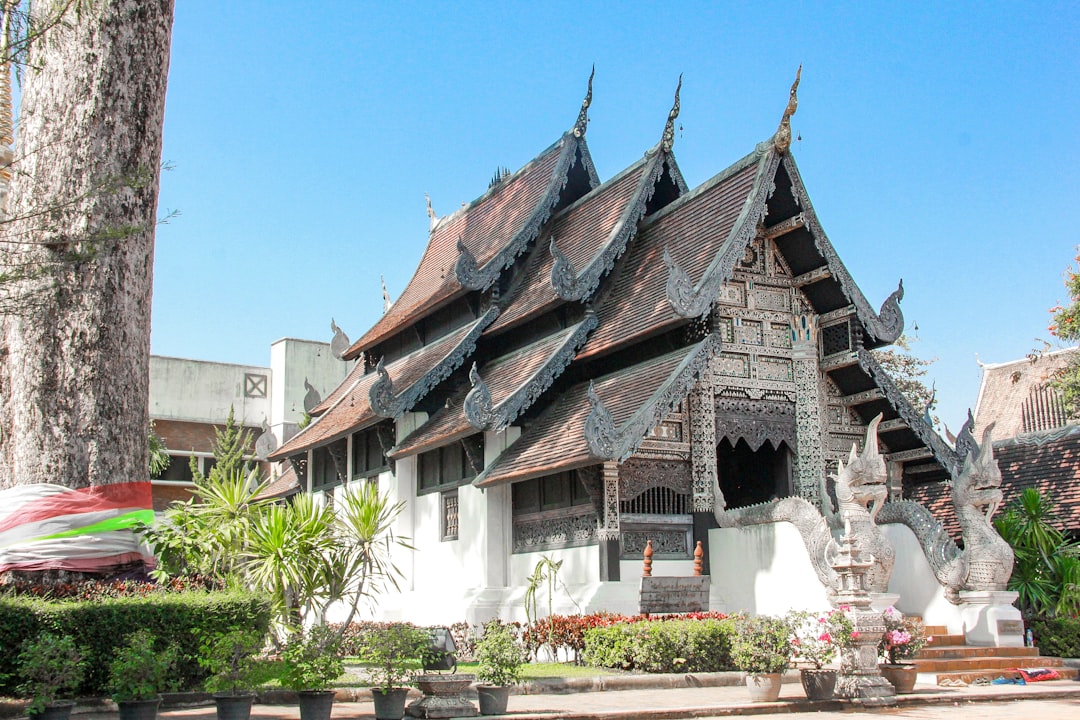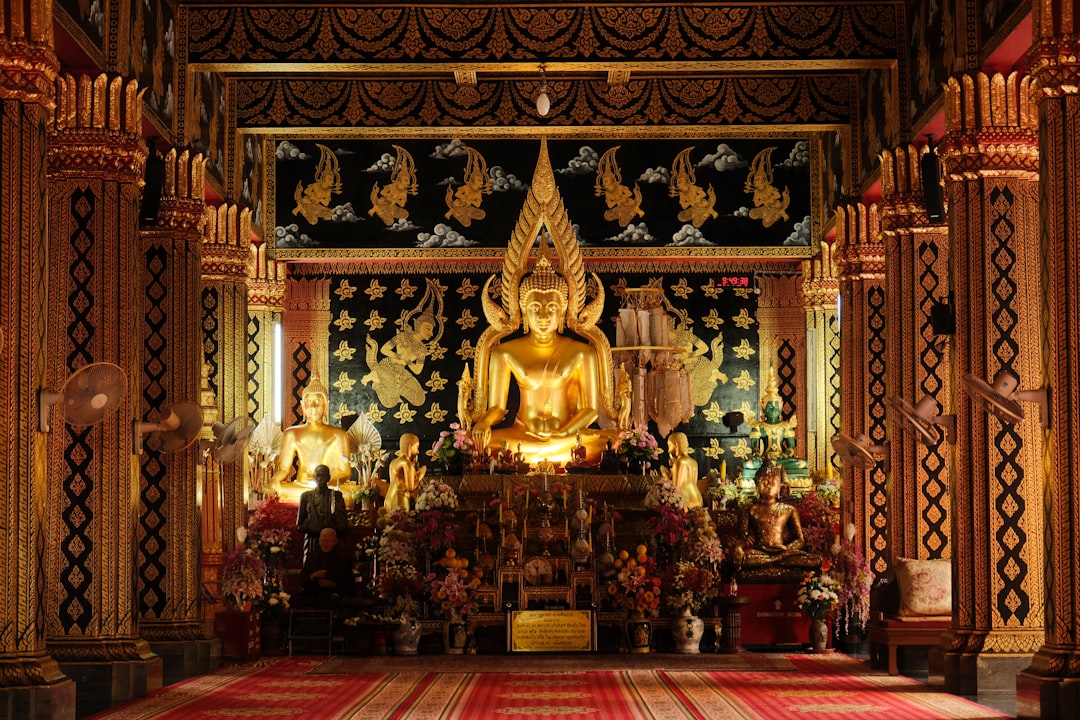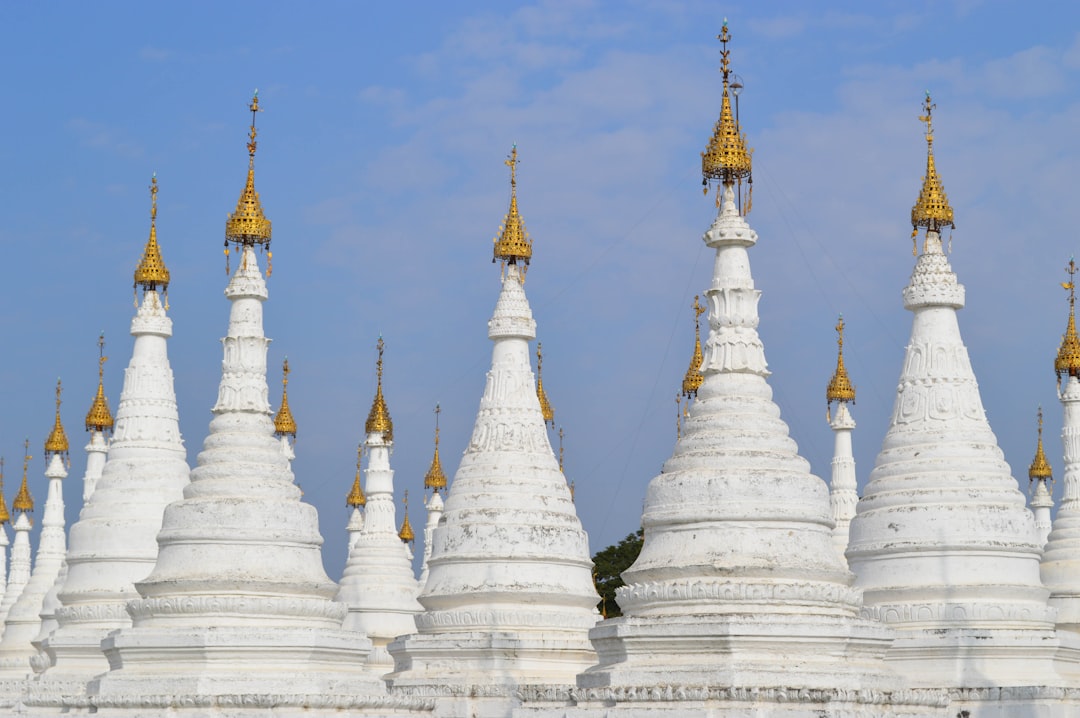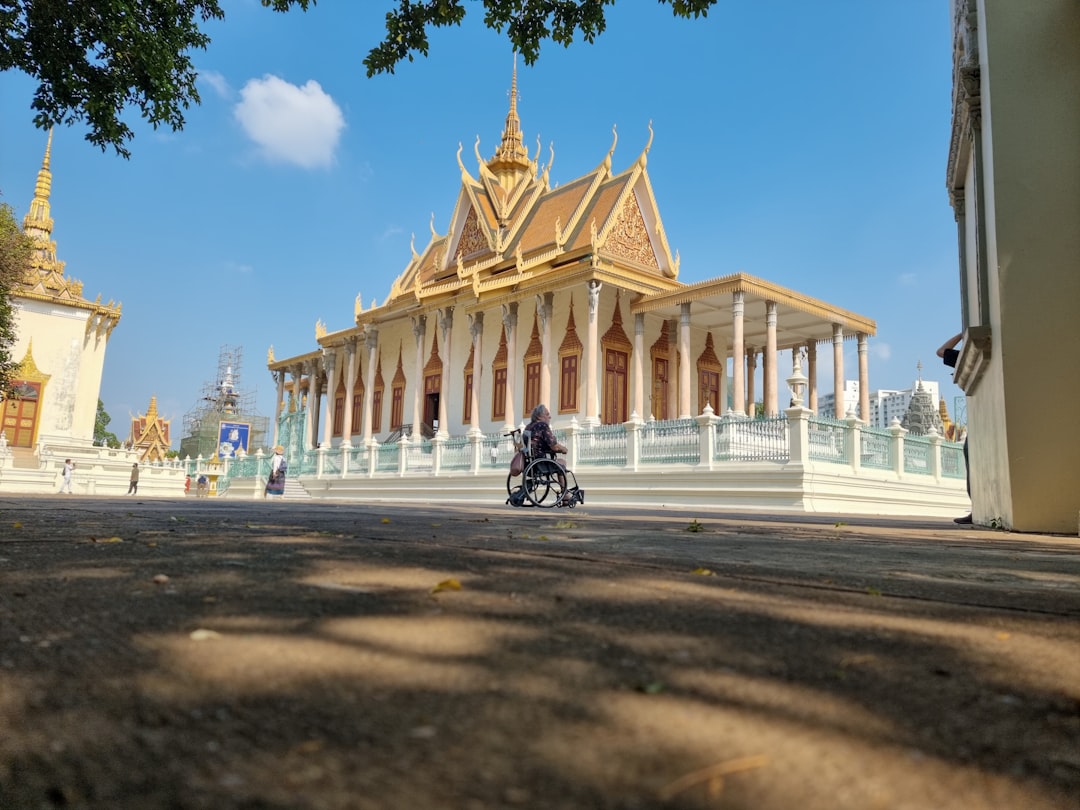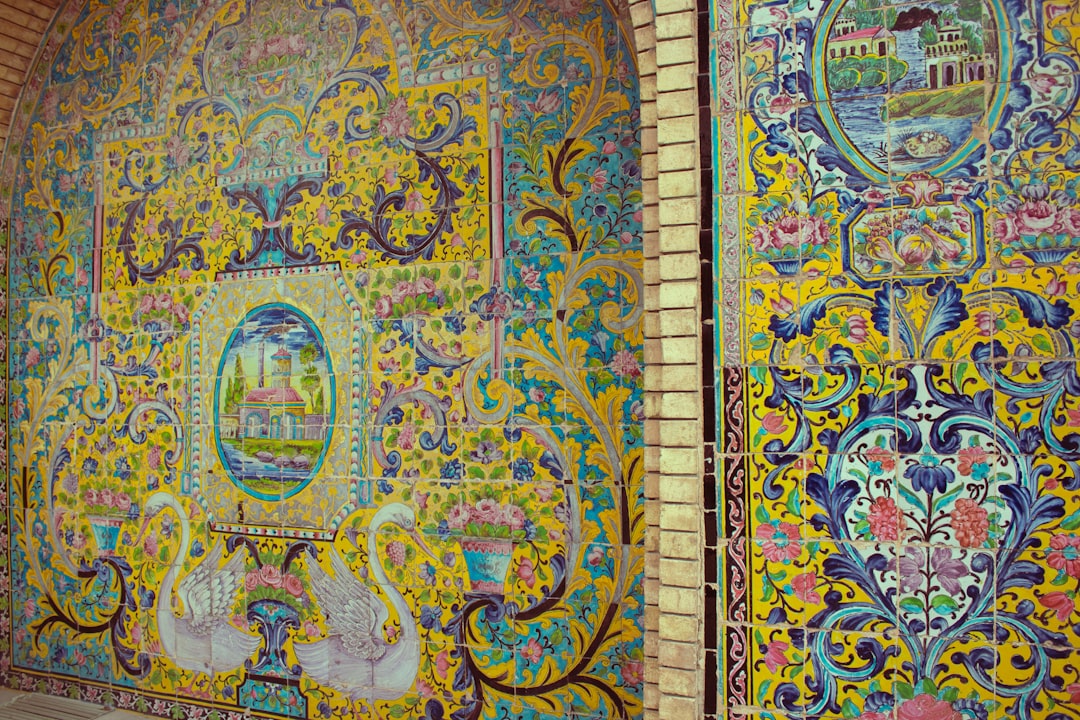Introduction to Thailand’s Enigmatic Temples
In the heart of Southeast Asia lies Thailand, a country renowned for its vibrant culture, stunning landscapes, and incredibly rich history. Among its numerous attractions, the temples (or “wats”) of Thailand stand out, showcasing the country’s architectural brilliance and spiritual depth. This article, penned in 2025, invites travelers on a journey to discover some of Thailand’s most enchanting temples, uncovering their hidden treasures and cultural significance.
1. A Glimpse Into Thailand’s Temple Architecture
Thai temples vary greatly in design, with many featuring intricate carvings, ornate details, and unique designs that tell the stories of Buddhism, the predominant religion in Thailand. The architectural styles are heavily influenced by the local culture and history, with structures resembling traditional Thai houses, while others draw inspiration from European designs. This combination has resulted in a diverse array of styles that reflect the region’s artistic heritage.
Two well-known architectural styles are:
- Khmer Influence – Characterized by the use of sandstone, this style is most evident in temples like Phra Pha Ritthakarn, which showcases historical Khmer art. The grandeur of these structures often reflects the spiritual beliefs and traditions of the Khmer people, merging them with local practices.
- Ratanakosin Style – Prominent in Bangkok, this style integrates Western elements with traditional Thai decorations seen in temples like Wat Phra Kaew. The aesthetic fusion creates a unique visual narrative that draws immense admiration from visitors.
The way these temples harmoniously blend beauty and spirituality creates an atmosphere that captivates every visitor’s heart. Walking through these historical sites not only showcases the artistry but also invites reflection on their cultural narratives.
2. Top Must-Visit Temples in Thailand
2.1 Wat Phra Kaew (Temple of the Emerald Buddha)
Located in Bangkok within the grounds of the Grand Palace, Wat Phra Kaew is regarded as the most important Buddhist temple in Thailand. Inside, you will find the sacred Emerald Buddha, which represents the protector of the country. The temple’s astonishing architecture, adorned with golden spires and intricate mosaics, along with beautifully landscaped gardens, makes it an essential stop for those visiting the capital. Visitors are often left in awe of the details as they stroll through the temple area, deeply feeling the significance of this revered site.
2.2 Wat Pho (Temple of the Reclining Buddha)
Just a short walk from Wat Phra Kaew lies Wat Pho, famous for its gigantic reclining Buddha statue measuring 46 meters long. This temple is also considered as the cradle of traditional Thai massage, where visitors are welcome to indulge in a therapeutic massage session that reflects the deep-rooted practices of Thai healing art. The serenity that the reclining Buddha exudes adds to the tranquil atmosphere of the temple, making it a perfect spot for reflection and relaxation.
2.3 Wat Arun (Temple of Dawn)
Wat Arun towers majestically over the Chao Phraya River in Bangkok. The temple’s riverside location offers stunning views at sunrise, with the temple reflecting its beauty off the surface of the water. The temple’s central spire is covered in colorful porcelain, creating a beautiful display that captivates all who see it. Visitors often gather at the riverside to witness the sunrise spectacle, making it one of the most Instagrammable spots in Bangkok.
3. Cultural Significance of Temples in Thailand
Beyond their architectural splendor, Thailand’s temples are vital cultural institutions. They serve as community centers, places of worship, and venues for festivals and rituals. Visitors often find themselves witnessing traditional ceremonies, which offer an intimate glimpse into Thai life. Many temples host annual festivals that celebrate their patron saints, drawing crowds of locals and tourists alike, showcasing vibrant parades and traditional dances.
The temples of Thailand are not just structures; they are living cultural icons that connect people to their past, present, and future.
Exploring the temples allows one to experience the lifestyles of the locals and their enduring practices that have preserved their cultural identity over the centuries.
4. Tips for Visiting Thailand’s Temples
Visiting temples in Thailand can be a joyful yet respectful experience. Here are some essential tips for your journey:
- Dress Appropriately: Visitors should be aware of the dress codes. Wear clothing that covers your shoulders and knees as a sign of respect. Many temples offer sarongs or shawls for those who may not be adequately dressed, but it is advisable to prepare in advance.
- Be Respectful: Maintain silence while inside the temple compounds and be aware of your surroundings, especially during ceremonies. It is customary to remove your shoes before entering temple buildings.
- Stay Hydrated: Many temple visits require walking, so drink plenty of water to stay refreshed. In the warm Thai climate, it’s crucial to keep yourself hydrated, especially when traversing some of the more extensive temple complexes.
- Find Guided Tours: Consider booking a guided tour through platforms like Viator to enrich your experience. Knowledgeable guides can offer fascinating insights into the history and significance of each temple.
5. Conclusion: Experience the Spiritual Beauty of Thailand
The temples of Thailand embody the soul of the nation and offer travelers a gateway into understanding its rich spirituality and culture. Each temple tells a story, weaving a tapestry of faith and artistry that speaks to the heart of Thai identity. Whether you’re drawn by the ornate architecture or the tranquil atmosphere, a visit to these sacred sites will undoubtedly leave a lasting impression.
In 2025, make it a point to explore these hidden treasures for yourself. These majestic structures not only serve as a reminder of Thailand’s religious heritage but also as an invitation to embark on a profound journey of self-discovery.
Consider extending your journey by connecting with local monks through meditation retreats offered at various temples, engaging in volunteer work, or even participating in monastic learning sessions. Deepening your understanding of Buddhism and observance of religious practices can provide an immersive experience that transcends tourism, allowing you to leave with memories and knowledge that enrich your life.



